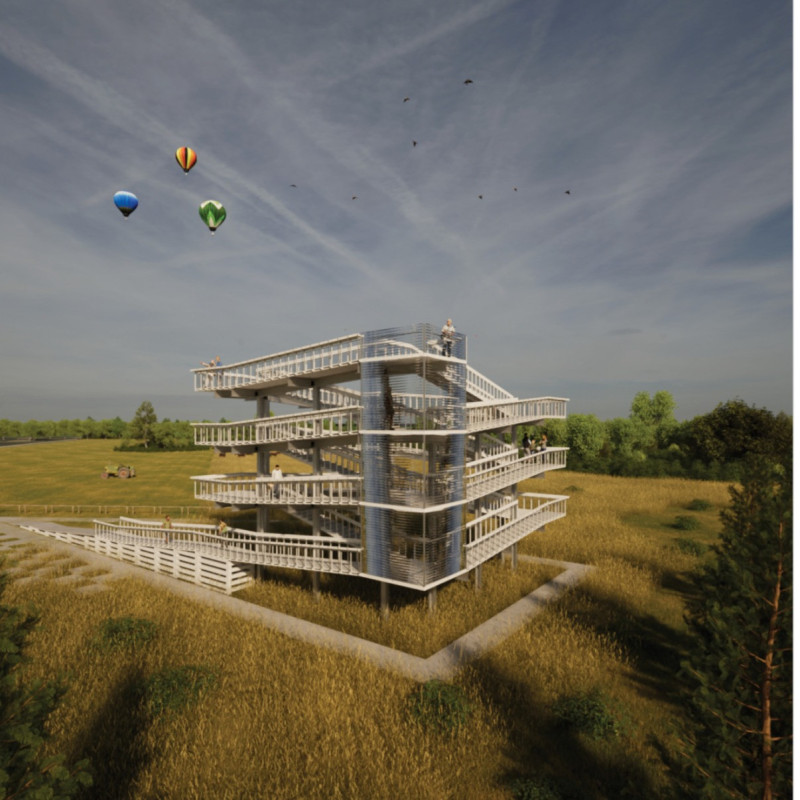5 key facts about this project
This project serves multiple functions, pivoting around the idea of creating spaces that cater to [insert specific user needs, such as living, working, socializing]. The spatial organization reflects an understanding of how humans interact within various environments, with a layout that promotes engagement and connectivity. Each area is strategically designed to harness natural light, facilitating energy efficiency and enhancing the overall ambiance of the space. The use of expansive windows and transparent materials fosters a seamless dialogue between the interior and exterior, allowing nature to become an integral aspect of daily activities.
A notable aspect of the design is its materiality, which plays a critical role in conveying the project's identity. The selection of durable materials, such as concrete and steel, points toward a commitment to longevity and resilience, essential in today’s architectural practice. Warmth is introduced through the careful use of wood and glass, forming a contrast that adds layers of texture and visual interest. Such choices demonstrate a nuanced understanding of how materials can evoke feelings and responses from users, further enhancing the overall design narrative.
The architectural details in this project are meticulously considered. From the exterior facade, which incorporates [insert details about design elements, such as shading devices or decorative patterns], to the nuanced interior finishes, every element is purposeful. The design encourages exploration and discovery, with pathways and transitions that invite users to engage with their surroundings thoughtfully. The interplay of open and closed spaces contributes to a sense of privacy while maintaining opportunities for communal interaction.
Sustainability is not an afterthought in this architectural endeavor; rather, it is intricately woven into the fabric of the design. Features such as green roofs, rainwater collection systems, and energy-efficient systems underscore a dedication to reducing the building's environmental impact. These interventions are practical and serve as educational tools, promoting awareness of sustainable practices among occupants and visitors alike. This approach not only enhances the project's functionality but positions it as a model for future architectural endeavors in similar contexts.
The unique design solutions employed in this project resonate strongly with the surrounding environment. The integration of landscape elements blurs the lines between built and natural landscapes, recognizing the importance of ecological harmony. Terraces and outdoor spaces are thoughtfully incorporated, offering areas for relaxation and promoting biodiversity while allowing users to engage with nature without stepping beyond the limits of the project’s footprint.
As the project unfolds, it becomes evident that its architecture is a reflection of its time, responding to contemporary challenges through innovation and thoughtful design principles. Intended to inspire and inform, it invites viewers to consider not just the aesthetic qualities of a space but the overarching narrative it contributes to the community. Each architectural plan, section, and detail reinforces the intent to create a holistic environment that nurtures interaction, fosters creativity, and respects the natural world.
For readers interested in gaining a deeper understanding of the project, exploring the architectural plans, sections, and designs will provide further insights into the innovative ideas that shaped this endeavor. Engage with the elements that define this architecture, and appreciate the thoughtful balance of function and form that distinguishes this project.


























